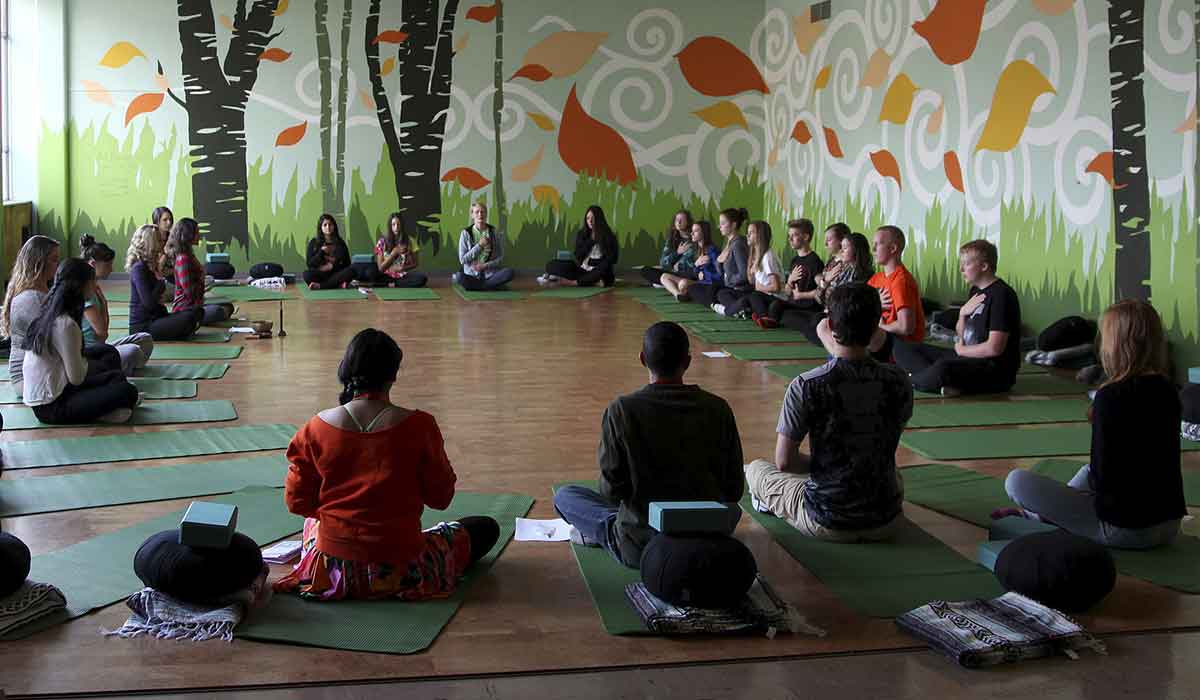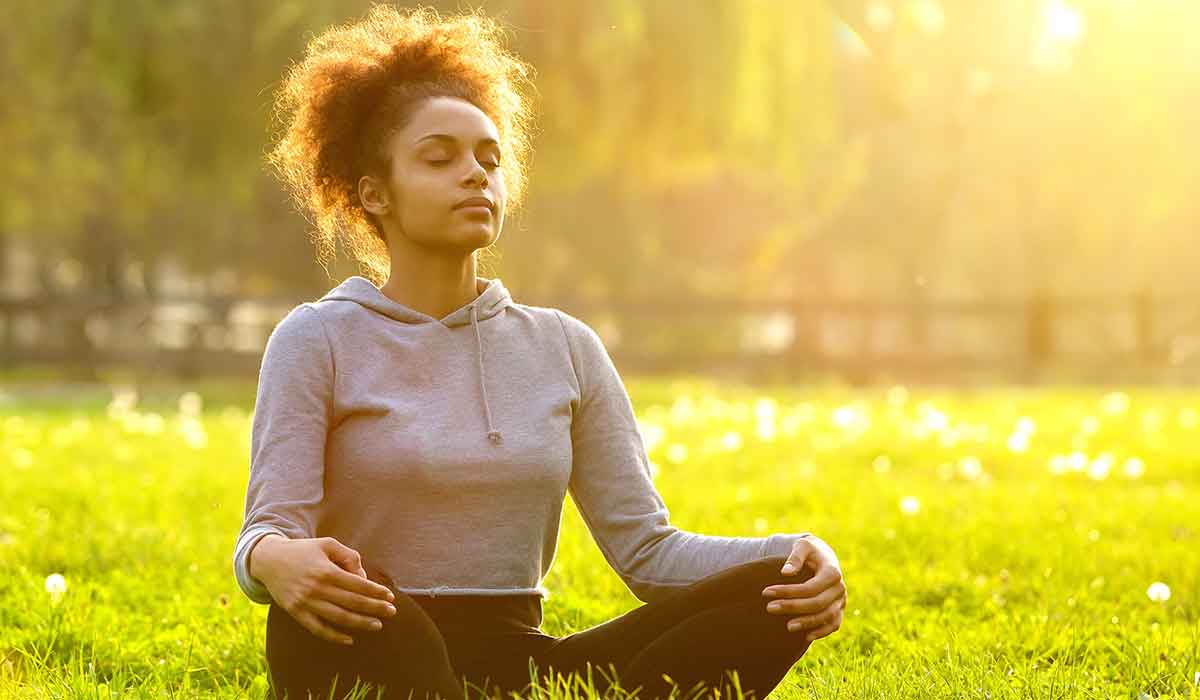CONTROL BLOOD PRESSURE WITH YOGA
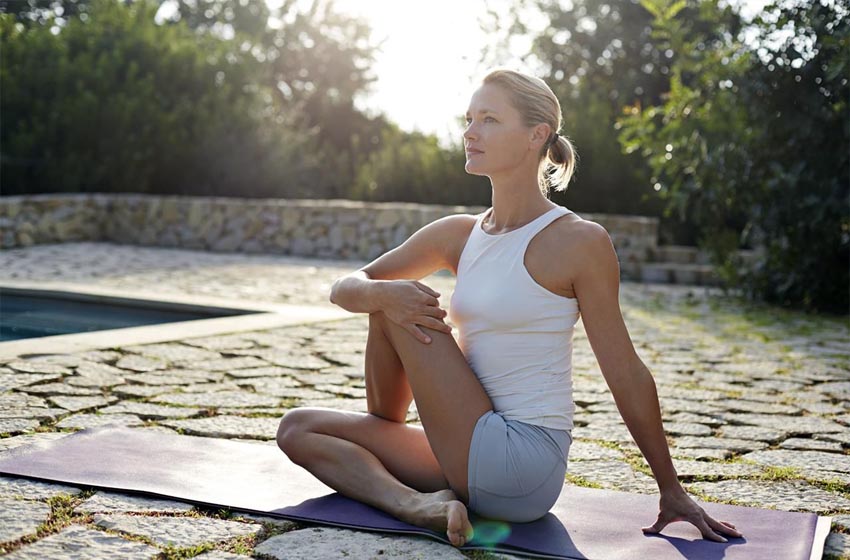
Blood pressure is the amount of force in which blood flows in our circulatory system. Oxygen and nutrients travel through the blood to the tissues and the organs. Without pressure, the movement of the blood is not possible. It also plays a major role in the immunity system and insulin hormone regulation. It helps to remove the toxins from the liver and kidneys. When heart contracts, it forces the blood out and creates blood pressure. The blood pressure is high when it moves out of the heart and is low when it enters the arteries. With this pressure difference, the blood travels in the whole body. Constriction in the arteries will restrict the blood flow leading to serious problems such as heart attack or stroke.

The blood pressure is measured by the device known as sphygmomanometer which includes a stethoscope, rubber armband and the cuff which is inflated manually or by machine. After the cuff is inflated, the reading is done in the electric machine or an analog dial. Stethoscope helps to listen to the pulse beats (pressure) at two different points.
How blood pressure is calculated?
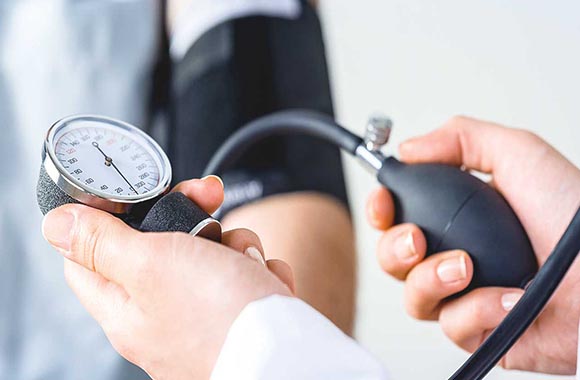
Two figures are taken into consideration while calculating blood pressure i.e. the Systolic pressure and the Diastolic pressure. Systolic pressure is the highest amount of pressure when the heart contracts, causing pressure in the blood vessels (when the heartbeats). Diastolic pressure is the lowest amount of pressure when the blood enters the arteries (in-between heartbeats). The range of normal blood pressure is between 120 mm Hg (Systolic) and 80 mm Hg (Diastolic). Blood pressure is high when it is above 120 mm Hg and low when it is below 80 mm Hg.
LOW BLOOD PRESSURE
Low Blood Pressure is also known as Hypotension. When the blood pressure is low, there is insufficient blood supply in the brain and other organs which can cause dizziness. There can be many reasons behind Low BP such as hormonal problems, low blood sugar level, pregnancy, heatstroke, heart issues, bleeding, dehydration, and high or low body temperature.
The blood flow starts to decline with age. It can even happen when there is a sudden change in the body movement such as suddenly getting up from the lying position or sitting position. When the blood pressure falls, the signal is sent to the heart. As a result, the heart starts to beat faster and blood vessels start to contract to bring the blood pressure to the normal range.
HIGH BLOOD PRESSURE
High BP is also known as Hypertension. When the arteries are narrower, blood pressure increases. Hypertension can damage the heart, brain, blood vessels and other organs. The symptoms include nose bleeding, headaches, chest pain, blood in urine, and breath-shortness. High BP can be caused by stressful situations, high salt intake, hereditary factors, and physical body changes due to old age.
AN ANCIENT DISCIPLINE
Yoga is a spiritual journey that brings harmony between mind and body. The word Yoga is derived from a Sanskrit word ‘Yuj’ which means Unity. Thus, Yoga helps in the union of individual consciousness with the universal consciousness. A person who practices yoga and has attained the state of Moksha or Mukti is known as a Yogi. Yoga helps to overcome all the sufferings of life i.e. physical, mental, and spiritual. Yoga helps you to understand life better and also, guides you to live your life meaningfully.
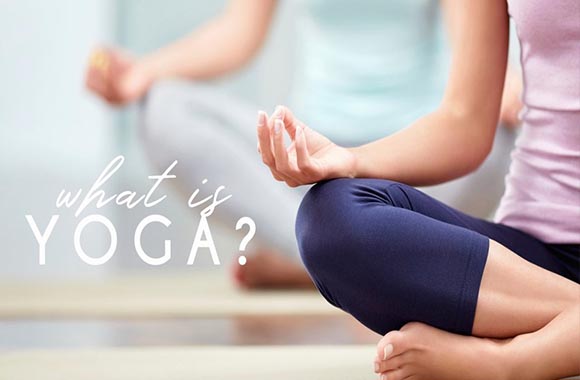
According to Ashtanga Yoga, there are eight limbs of yoga.
1. Yama (Self-restraint)
2. Niyama (Observance)
3. Asana (Movement and Postures)
4. Pranayama (Breathing techniques)
5. Pratyahara (Withdrawal of senses from the outer world to the inner world)
6. Dharna (Concentration)
7. Dhyana (Meditation)
8. Samadhi (Union of individual consciousness with the universal consciousness)
HOW YOGA HELPS TO CONTROL THE PRESSURE OF THE BLOOD?
Yoga is considered to be one of the best ways to treat blood pressure problems. With the combination of various Asanas, Pranayamas and Meditation techniques, a person can easily control the blood pressure.
- PRANAYAMAS
Pranayamas are the breathing techniques that involve the manipulation of our breath flow. By bringing changes in the breathing patterns, Hypertension and Hypotension can easily be treated.
- Surya bhedana pranayama – Our right nostril represents the Sun (Surya). As we get energy and warmth from the sunlight, the activeness of the right nostril provides warmth and energy to our body. You have to inhale and exhale from the right nostril in this pranayama. In the case of Hypotension or low blood pressure level, one should practice this pranayama for 10-15 minutes daily.
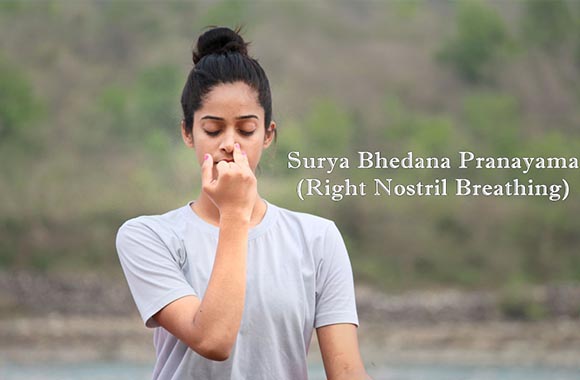
Chandra bhedan pranayama
Our left nostril represents the moon (Chandra). As the moon represents calmness, the activeness of the left nostril provides calmness & coolness to the body and mind. Thus, you have to inhale and exhale from the left nostril in this Pranayam. In the case of Hypertension or high blood pressure level, one should practice this pranayama for 10-15 minutes daily.
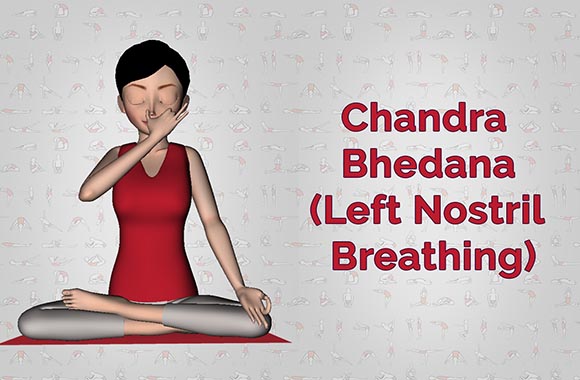
- Kapalabhati and bhastrika – In Kapalabhati Pranayama, you have to inhale normally and exhale forcefully. Contrarily, in Bhastrika Pranayama, you have to both inhale and exhale forcefully. These two pranayamas are to be performed only when there is Hypotension or Low BP problem. In case of Hypertension or high blood pressure, avoid doing both these.
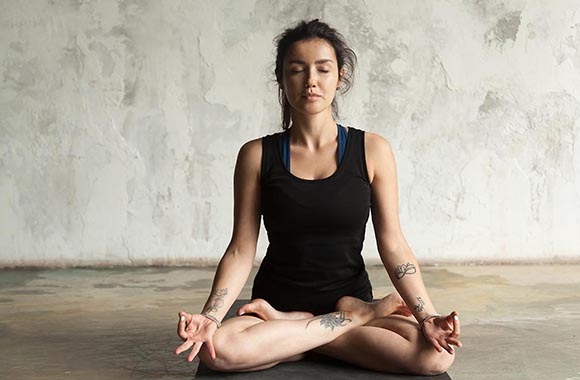
Anulom vilom
This pranayama helps to balance the overall blood pressure levels. It helps to cure both Hypotension and Hypertension.
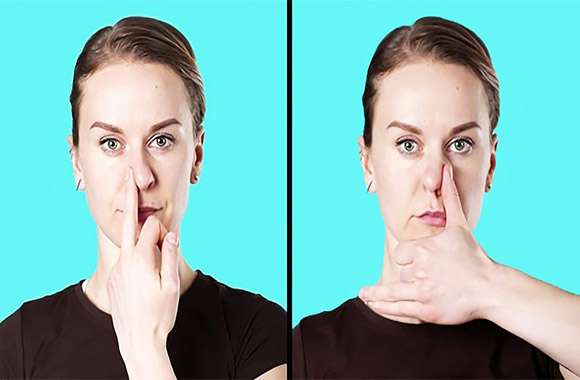
- ASANAS
A person suffering from blood pressure levels can perform asanas, but he has to make sure that it’s all done slowly. This includes slowly shifting from the supine to sitting poses, then forward-bends to standing poses, and so on.
Some of the best Asanas for Hypertension or high blood pressure are listed below.
- Forward Bends – All kinds of forwarding bend like Padhastasana, Pashchimotanasana, and Janusirsasana, etc. help in controlling the high blood pressure.
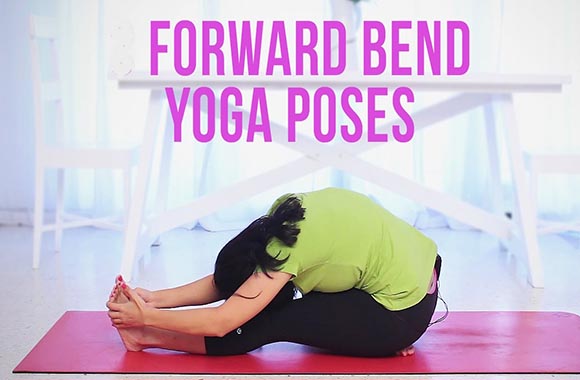
- The seated mountain pose – It is also known as the Parvatasana. By stretching the shoulders and the hamstrings, this pose relaxes the heart & helps it to control the blood pressure. For best results, hold your body in this pose for 10 deep breaths.

The bridge poses
It is also known as Setu Bandha asana. This asana helps in redirecting the blood flow to the heart, which further helps to control the blood pressure.
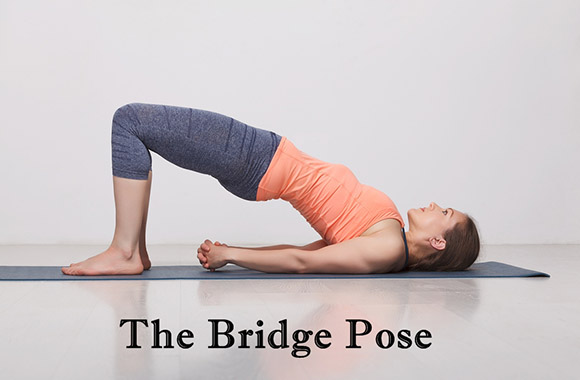
- The legs-up-the-wall pose – In this posture, both legs are lifted up straight with the wall as support. The upper part of the body lies on the mat with a straight back. Resting in this pose for 15 minutes can help in lowering down the blood pressure.
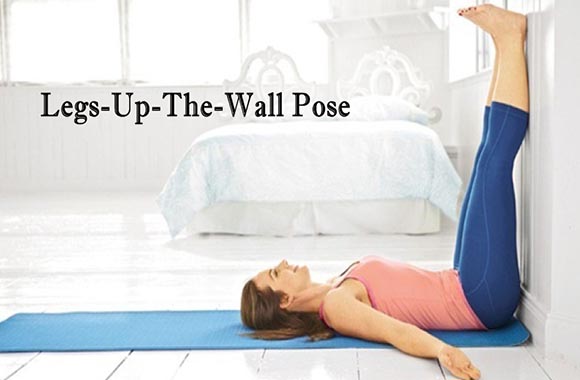
- The Savasana – It is also known as the Corpse pose. Lying down in this posture immediately lowers down the blood pressure level, as it calms down the mind and body.
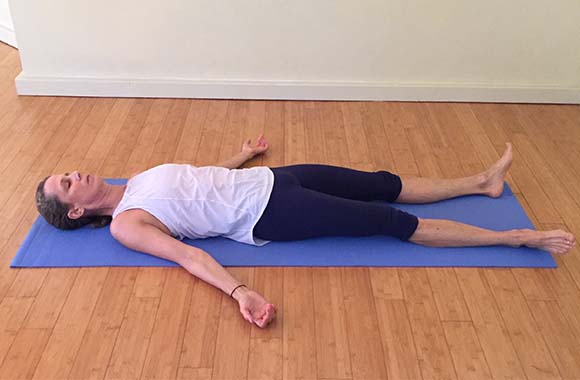
That’s all!
So these were the best Yoga Asanas and Pranayamas to help you control and cure blood pressure problems. By doing these regularly, you will surely see visible results, along with a wide range of other health benefits.
